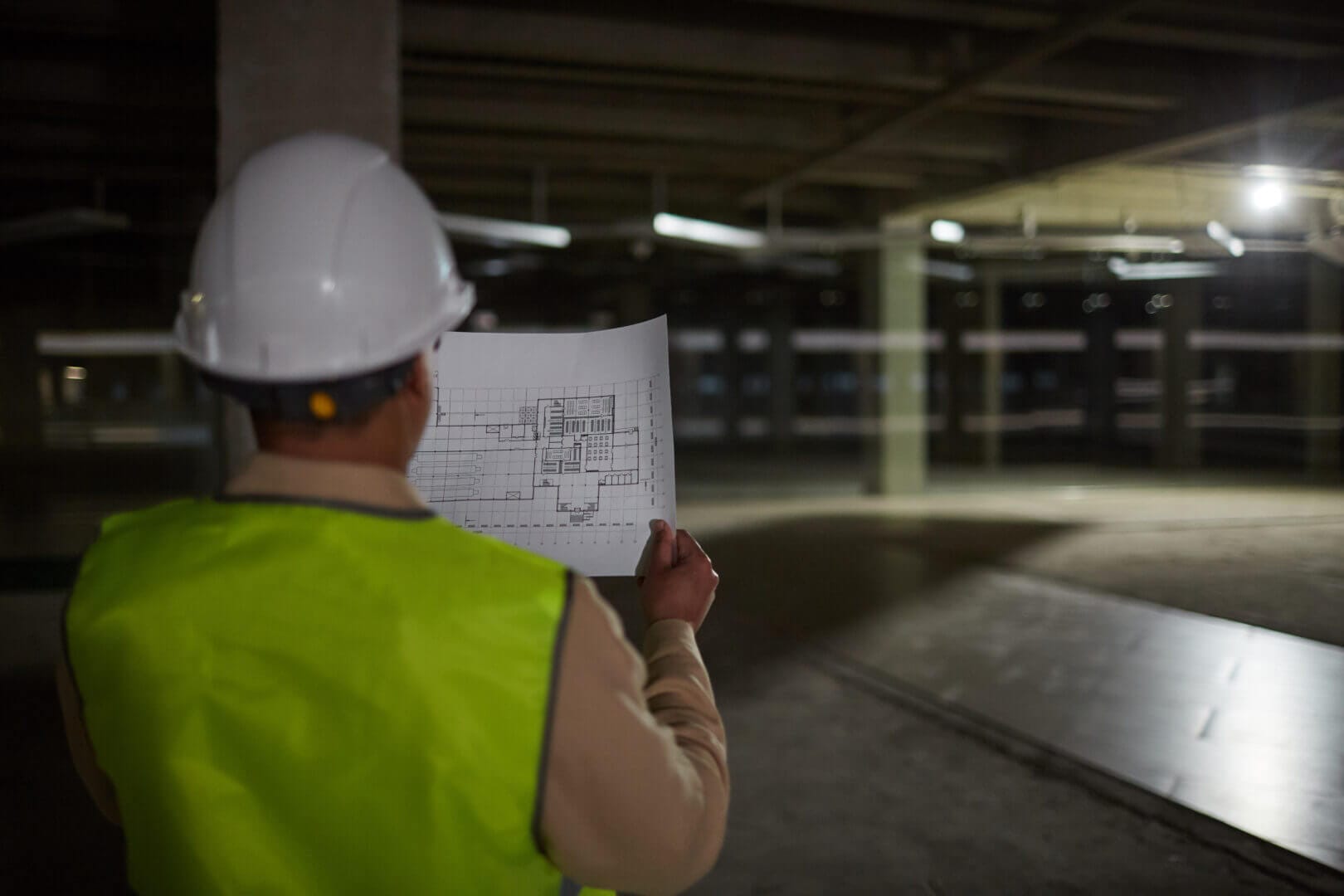For home and business owners, understanding the intricacies of the property inspection process is more than just responsible due diligence—it’s a crucial step in maintaining the value and safety of the spaces we inhabit. From identifying potential hazards to uncovering underlying issues that could affect the structure’s integrity, inspections play a pivotal role in property investment. But what does an inspection entail, and how can you make the most of the process?
This comprehensive guide is designed to walk you through every step, ensuring that you are well-versed not only in what to expect during an inspection but also in how to leverage this knowledge effectively, maximizing the benefits for you and your real estate endeavors.
The Fundamentals of Property Inspections
Knowing What to Expect
Property inspections are comprehensive evaluations of a building’s condition, usually performed by qualified professionals. The primary purpose is to assess the property’s safety, functionality, and overall soundness. There are several types of inspections, each tailored to specific needs, such as pre-purchase assessments, pre-listing checks, and detailed commercial surveys.
The Core of Inspection Criteria
Inspectors typically look at critical components such as the foundation, roof, plumbing, electrical systems, and HVAC units. For more specific needs, they may focus on elements like lead-based paint, asbestos, radon levels, or pest infestations. Understanding what inspectors prioritize can help you prepare your property for assessment.
Preparing Your Property for Evaluation
Creating a Pre-Inspection Plan
To ensure your home or business is ready, there are several tasks you can undertake, including clearing clogged gutters, testing smoke and carbon monoxide detectors, and fixing minor leaks. For more extensive guidance, a checklist tailored to your type of property can be immensely helpful in guiding these preparations.
Setting Up for Success
On the day of the inspection, make sure areas are easily accessible, such as attics and crawlspaces. Inform your inspector of any issues you’re aware of, and provide a safe environment to enable a thorough review. Simple actions like labeling utility breakers and ensuring keys to all rooms are available can significantly expedite the process.
The Day of Inspection
What Happens During an Inspection
During the inspection, the inspector conducts a visual evaluation of your property’s major systems. They’ll check for signs of damage or irregularity, operate fixtures and appliances, and document their findings.
The Inspector’s Toolkit
Inspectors come equipped with a variety of tools and instruments, from moisture meters and infrared cameras to ladders and multimeters. These aids help them in their assessment, allowing them to access hard-to-reach areas and uncover hidden issues.
Addressing Common Issues
The Most Prevalent Problems
From electrical faults and plumbing leaks to structural damage and mold infestations, some issues are more common than others but no less important to rectify. Identifying and addressing these problems can enhance overall property function and reduce long-term repair costs.
Remedying Deficiencies
Depending on the severity of the issue, remedies may range from simple repairs to complex renovations. Engaging with qualified professionals to resolve discrepancies found during an inspection is a necessary investment in the property’s well-being.
Deciphering the Inspection Report
Making Sense of the Documentation
The inspection report is a detailed account of the inspector’s findings. It provides a comprehensive look at the current condition of your property and can include recommendations for repairs or further evaluations.
Next Steps After the Report
Upon receiving your inspection report, you should review and prioritize areas that require attention. For buyers or sellers, the report serves as a valuable negotiating tool to adjust sale prices or secure needed repairs. For current property owners, it’s a roadmap for maintenance and improvement.
Evident Benefits of a Meticulous Inspection
A Cost-Saving Measure
While inspections involve initial costs, they often lead to long-term savings by identifying issues that could have worsened over time. Proactive maintenance and addressing concerns early can prevent more significant, and costly, repairs down the line.
Impact on Property Value and Insurance
A thorough inspection can add credibility to a property’s listed value and ensure potential buyers are aware of its true condition. It can also impact insurance coverage, as some policies require specific inspections, like for wood-burning stoves or swimming pools, before they can be underwritten.
By demystifying the property inspection process, this guide empowers home and business owners to take control of their investments. Through preparation, active participation, and knowledgeable action, the inspection process transforms from a daunting event into a strategic ally, safeguarding your property for the future.






